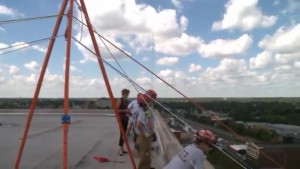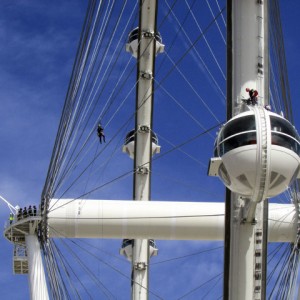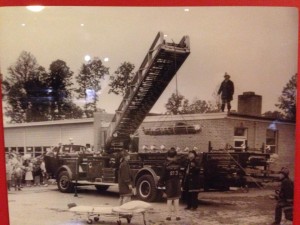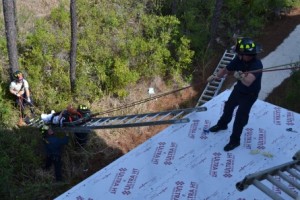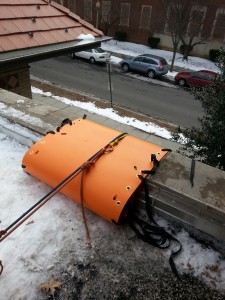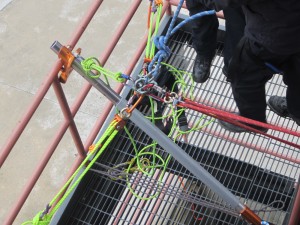Let’s face it, the fire service is not really screaming for any new acronyms; particularly one that rehashes another acronym but with a slight twist. Yet, here I am proposing a new acronym that is a twist on an old one.
One of the more noted acronyms when calling a Mayday is LUNAR. Location, Unit, Name, Air, Resources needed. While it is adequate, I’ve always wondered why “Air” was on the list. It’s not as if we’ll say: “He’s got plenty of air, let’s let him wait a while” or “He’s got plenty of air, let’s leave this RIT bottle here. I’m sure we’ll be done before he runs out”. It doesn’t really strike me as all that important.
I’ve also wondered why it has “Resources” there. While it might be chic in fire service management to use a word like “resource”, if I were in a jam the last thing I would be thinking about would be using a word like “resource” for what I need. I need HELP, not a resource. I imagine Resource is there, along with Air quite frankly, to help make a neat sounding acronym.
I think LUNAR is adequate, but I am proposing a new one based on my past experience as a truckie:
LUNCH
Location
Unit
Name
Conditions
Help needed
That’s right, LUNCH. Who doesn’t think about lunch… particularly at a firehouse. Whole days revolve around it sometime and most guys never miss it. It’s unlike LUNAR in that, while the moon is out every night to possibly remind you, if you don’t leave the firehouse at night (truckie), you never get to remind yourself of it.
The one concession toward having a clever acronym is that I have also thought that adding your name in there was a little pointless as well. “Oh, it’s FF Byrne… F#ck him. We’ll get there when we get there”. Without it though, we wouldn’t have the mildly smartass LUNCH acronym.
So… Next time you sit down at lunch, give yourself a 3 second refresher in calling in a mayday for yourself. For example:
“MAYDAY, MAYDAY, MAYDAY. Rescue Team B, FF Byrne on the Bravo side of the kitchen table, I am out of A1 sauce for my dry steak the engine overcooked. I need A1 sauce and a cookbook for the engine to read the future. ”
Simple as that! Seriously though, it doesn’t have to take long and it keeps your mind in the game. And if anybody can think of another word for Help or Resource that begins with the letter K, we can get rid of “Name” as well and just go with LUCK.


